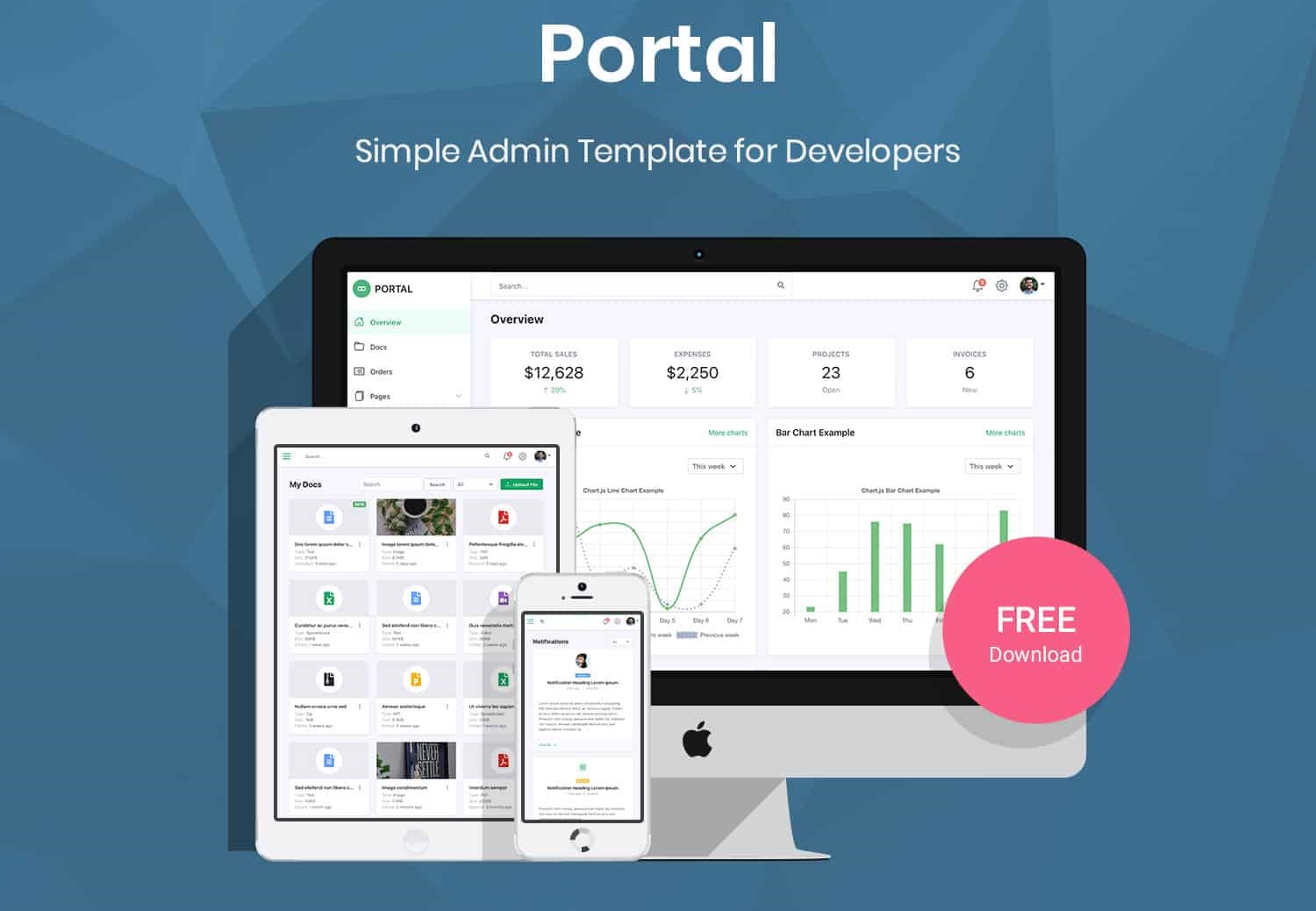Exception handling in WCF
By Tan Lee Published on Dec 30, 2024 281
To address this challenge, there are different methods to transmit error messages from the WCF service to the client, ensuring that user-friendly messages are delivered.
Exception Handling in WCF
There are three primary ways to manage exceptions in WCF:
- Using
FaultException - Using
IErrorHandler - Using
returnUnknownExceptionsAsFaults
The service contains an operation to place an order.
We'll cover how to handle exceptions using FaultException, IErrorHandler, and the returnUnknownExceptionsAsFaults attribute.
[ServiceContract]
public interface IOrderService
{
[OperationContract]
void PlaceOrder(Order order);
}
public class OrderService : IOrderService
{
public void PlaceOrder(Order order)
{
try
{
// Code to process the order, e.g., saving it to the database
}
catch (Exception ex)
{
throw new Exception("Error occurred while processing the order.");
}
}
}
In this example, if there is an issue connecting to the database or saving data, an exception would occur, and the service might return a generic error message such as:
System.ServiceModel.FaultException: The server was unable to process the request due to an internal error.
To make it easier to debug, you can enable detailed exception messages by setting the IncludeExceptionDetailInFaults property to true in the web.config file:
<serviceDebug includeExceptionDetailInFaults="true" />
Alternatively, this can be done programmatically in the service class:
[ServiceBehavior(IncludeExceptionDetailInFaults = true)]
public class OrderService : IOrderService
{
// Service implementation
}This configuration allows the client to receive more detailed error information, which can be helpful during debugging.
Using FaultException for User-Friendly Errors
To provide user-friendly error messages, it's best to use FaultException. This allows the service to throw a fault exception with a specific error message that the client can handle more gracefully.
public class OrderService : IOrderService
{
public void PlaceOrder(Order order)
{
try
{
// Code to process the order, e.g., saving it to the database
}
catch (Exception ex)
{
throw new FaultException("Error occurred while processing the order.");
}
}
}On the client side, this can be handled using a try-catch block:
try
{
orderService.PlaceOrder(new Order());
}
catch (FaultException ex)
{
Console.WriteLine("Error: " + ex.Message);
}Using Strongly-Typed Fault Exception with a Custom Fault Contract
For more detailed error information, we define a custom fault contract. This helps to provide specific details about the exception, like the error source, message, inner exception, and stack trace.
[DataContract]
public class OrderFault
{
[DataMember]
public string Source;
[DataMember]
public string ExceptionMessage;
[DataMember]
public string InnerException;
[DataMember]
public string StackTrace;
}You can throw a strongly-typed FaultException like this:
public class OrderService : IOrderService
{
public void PlaceOrder(Order order)
{
try
{
// Code to process the order
}
catch (Exception ex)
{
OrderFault fault = new OrderFault
{
Source = "OrderService",
ExceptionMessage = ex.Message,
InnerException = ex.InnerException?.Message,
StackTrace = ex.StackTrace
};
throw new FaultException<OrderFault>(fault, new FaultReason("An error occurred while processing the order."));
}
}
}The FaultContract attribute needs to be applied to the service method that throws this fault:
[ServiceContract]
public interface IOrderService
{
[OperationContract]
[FaultContract(typeof(OrderFault))]
void PlaceOrder(Order order);
}Using returnUnknownExceptionsAsFaults Attribute
You can automatically turn any unhandled exceptions into SOAP faults using the returnUnknownExceptionsAsFaults configuration.
<serviceBehaviors>
<behavior>
<serviceDebug returnUnknownExceptionsAsFaults="true" />
</behavior>
</serviceBehaviors>This ensures that any unhandled exception will automatically be transmitted as a SOAP fault to the client.
Global Exception Handling Using IErrorHandler Interface
For more comprehensive error handling, you can implement the IErrorHandler interface. This allows you to globally manage exceptions and provide a consistent SOAP fault response.
The IErrorHandler interface has two key methods:
- HandleError – Performs operations when an error occurs.
- ProvideFault – Creates a SOAP fault message.
public class GlobalErrorHandler : IErrorHandler
{
public bool HandleError(Exception error)
{
// Log the error to a file or database
return true; // Return true to indicate that the error has been handled
}
public void ProvideFault(Exception error, MessageVersion version, ref Message fault)
{
// Create a custom FaultException and assign it to the fault variable
FaultException faultException = new FaultException("An unexpected error occurred.");
fault = faultException.CreateMessage(version, fault);
}
}In the ServiceHost configuration, you can add the global error handler:
public class OrderServiceHost : ServiceHost
{
public OrderServiceHost()
{
// Add the global error handler
this.Description.Behaviors.Add(new GlobalErrorHandler());
}
}Global Error Handling in web.config
<system.serviceModel>
<services>
<service name="OrderService">
<endpoint address="" binding="basicHttpBinding" contract="IOrderService" />
<behaviors>
<serviceBehaviors>
<behavior>
<serviceDebug includeExceptionDetailInFaults="true" />
</behavior>
</serviceBehaviors>
</behaviors>
</service>
</services>
</system.serviceModel>This ensures that any unhandled exceptions are caught by the global error handler, logged, and a generic fault message is sent back to the client.





